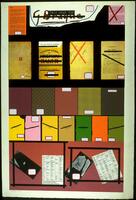12 UMMA Objects
12 UMMA Objects

Jim Dow
Atlanta Braves Atlanta- Fulton County Stadium, from 'Jim Dow: The National Leagu
1982
Gift of Mrs. Elizabeth B. Shwayder
1984/2.53.1

Jim Dow
Philadelphia Phillies Veterans Stadium, from 'Jim Dow: The National League Stadi
1982
Gift of Mrs. Elizabeth B. Shwayder
1984/2.53.4

Jim Dow
San Diego Padres Jack Murphy Stadium, from 'Jim Dow: The National League Stadium
1982
Gift of Mrs. Elizabeth B. Shwayder
1984/2.53.6

Jim Dow
San Francisco Giants Candlestick Park, from 'Jim Dow: The National League Stadiu
1982
Gift of Mrs. Elizabeth B. Shwayder
1984/2.53.7
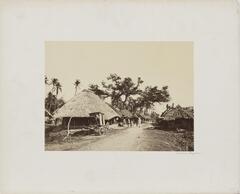
John Edward Saché (German (culture or style))
Native Bazaar
1865 – 1882
Gift of Margaret and Howard Bond
1995/1.74

Jim Dow
St. Louis Cardinals Busch Memorial Stadium, from 'Jim Dow: The National League S
1982
Gift of Mrs. Elizabeth B. Shwayder
1984/2.53.8
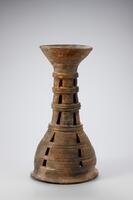
Korean (Korean (culture or style))
Tall Ceremonial Stand for Jar
5th century
Gift of Bruce and Inta Hasenkamp and Museum purchase made possible by Elder and Mrs. Sang-Yong Nam
2004/1.178
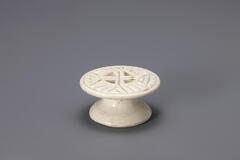
Korean (Korean (culture or style))
Rice Cake Mold
1900 – 1950
Gift of Ok Ja Chang and the Chang Family
2009/2.82
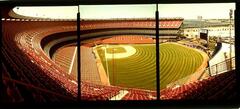
Jim Dow
New York Mets Shea Stadium, from "Jim Dow: The National League Stadiums"
1982
Gift of Mrs. Elizabeth B. Shwayder
1984/2.53.3
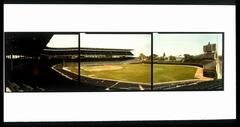
Jim Dow
Chicago Cubs Wrigley Field, from 'Jim Dow: The National League Stadiums' portfol
1982
Gift of Mrs. Elizabeth B. Shwayder
1984/2.53.2

Jim Dow
Pittsburgh Pirates Three Rivers Stadium, from 'Jim Dow: The National League Stad
1982
Gift of Mrs. Elizabeth B. Shwayder
1984/2.53.5
Loading…
